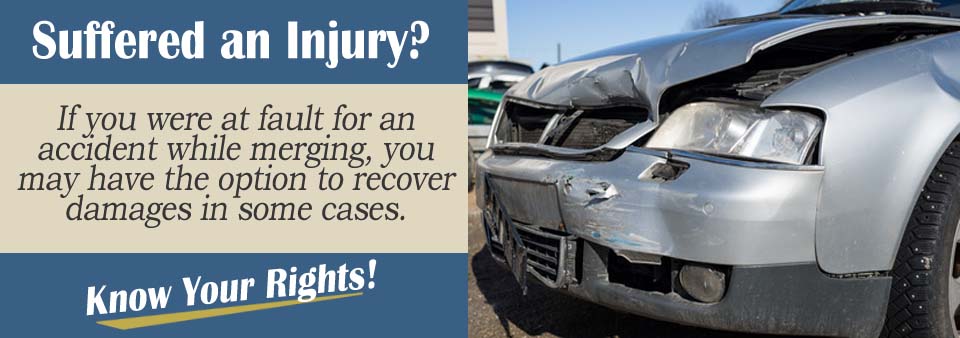Merging onto the highway can be intimidating and often results in a serious accident if not handled correctly. Many people assume that, just because they were the one merging and hitting the other vehicle, you were the person automatically at fault. Many times, that is the case.
However, nothing is ever black and white, and you may be able to file a claim in some specific circumstances.
We have asked attorney Alaina Sullivan about those specific circumstances. Here is what she had to say:
Were You at Fault?
It is normally assumed that the driver who merges into traffic and hits someone already in the flow of traffic is the individual at fault. Why is this the case? The driver who is already in the flow of traffic on the highway is said to have “control” over his or her lane.
As a driver entering the highway, it is your responsibility to ensure you can enter properly.
However, this theory assumes that the driver already on the highway is following traffic laws. Many situations do arise when the driver on the highway acts in a way that makes the situation much more serious than it should be.

If the driver sees you attempting to merge on the highway and speeds up to prevent you from entering, that behavior could cause that individual to be considered the one at fault.
Comparative Fault
Sometimes both parties are considered to be at fault, and in these situations, the theory of comparative fault applies. Apportioning, or assigning fault is not a simple process.
Comparative fault divides fault into percentages based on the amount of fault each driver’s negligence played into the accident. If the other driver sped up to keep you from entering the highway or was recklessly or aggressively driving, that person could be determined to be more at fault than you.
In that situation, if his or her apportionment of fault is over 50 percent, you could pursue a claim against the driver for your damages or injuries.
No Fault Insurance
A dozen states have what is called “no fault” insurance where drivers are required to make claims on their own policies, regardless of who was at fault. These states include Florida, Michigan, New Jersey, New York, Pennsylvania, Hawaii, Kansas, Kentucky, Massachusetts, Minnesota, North Dakota, Utah and the District of Columbia.
In these states, you are required to file a claim against your own insurance company regardless of fault. Therefore, even if you were the car merging onto the highway and deemed to be more “at fault” in the situation, that fault does not matter at all.
You file a claim with your insurance company in the event of an accident.
Contact an Attorney Today
You should always contact a personal injury attorney first to evaluate your case and determine if you have sufficient grounds for a claim against the other party’s insurance company.
Before proceeding, it is always recommended that you speak with a legal professional to dispute your fault in the accident, and ensure you receive the compensation you deserve to pay for auto body repairs, medical bills, and pain and suffering.